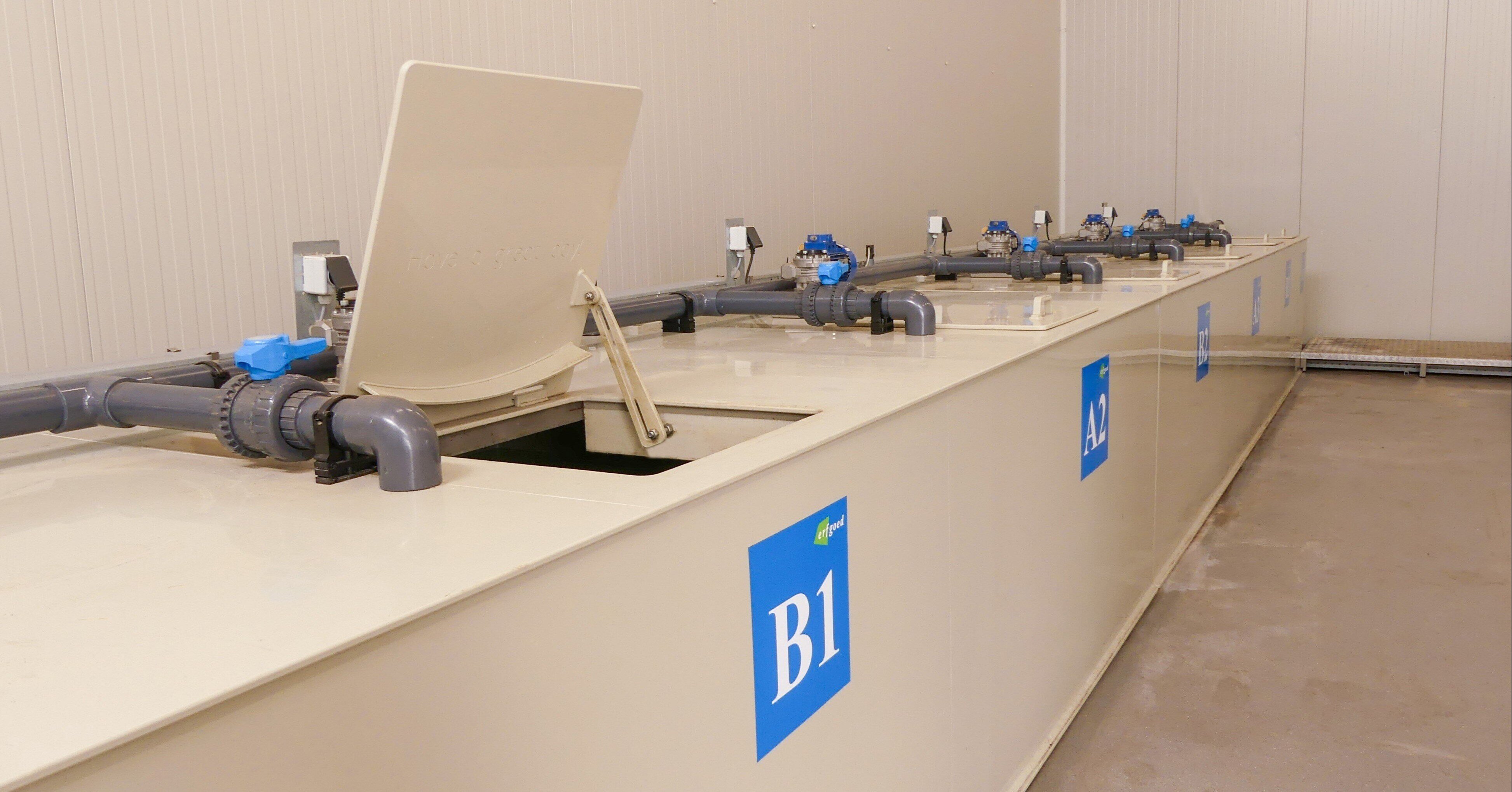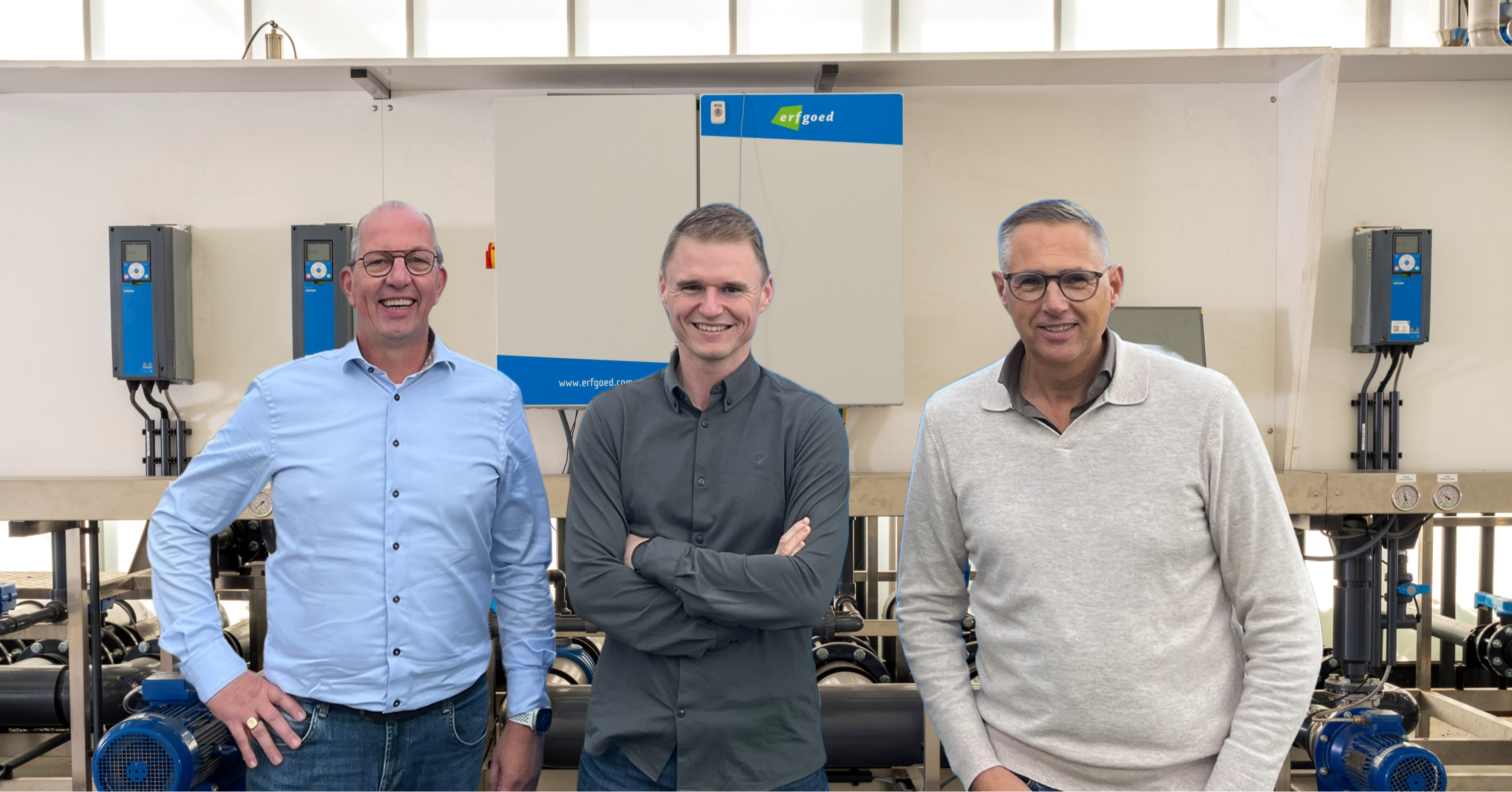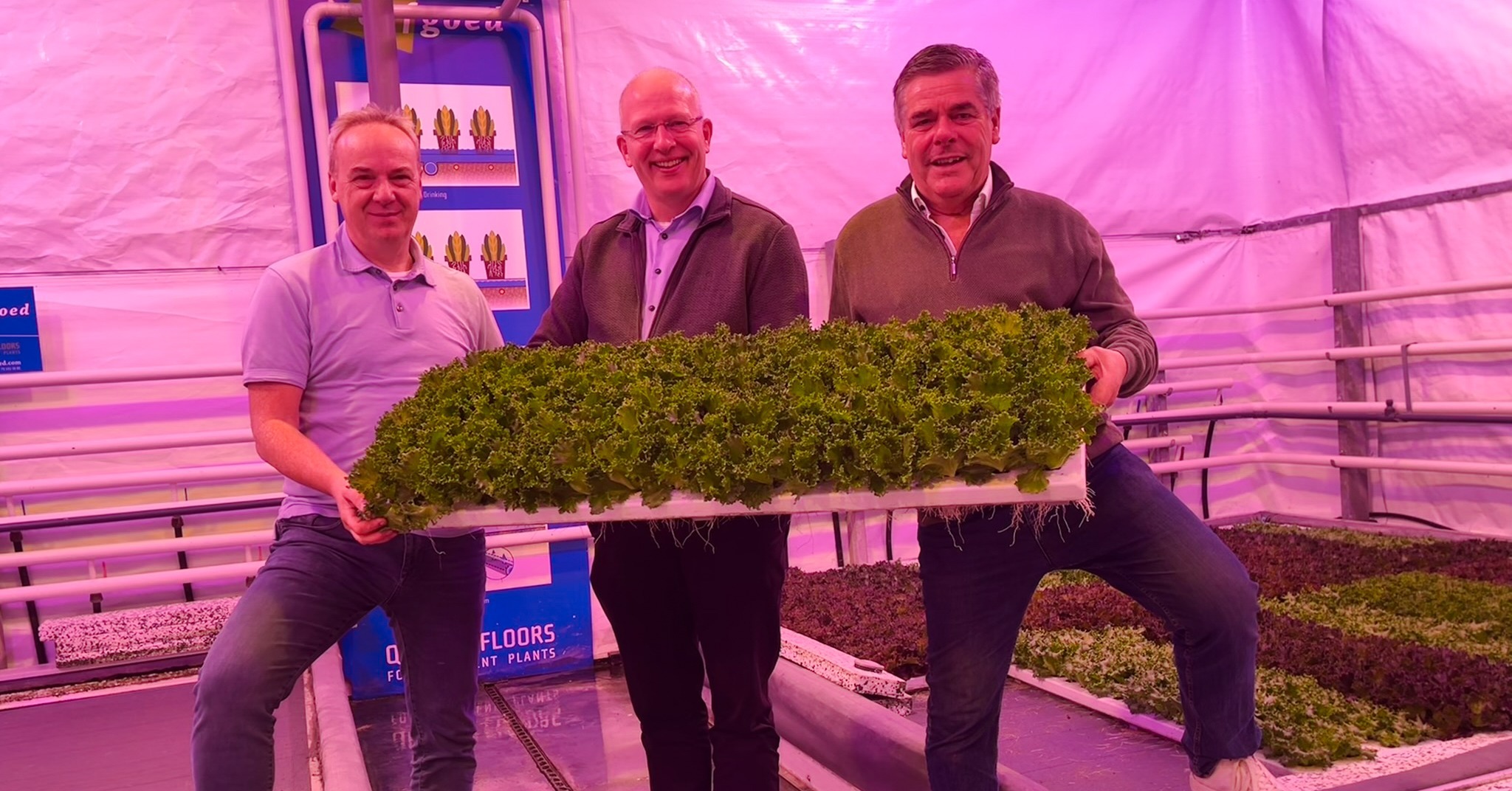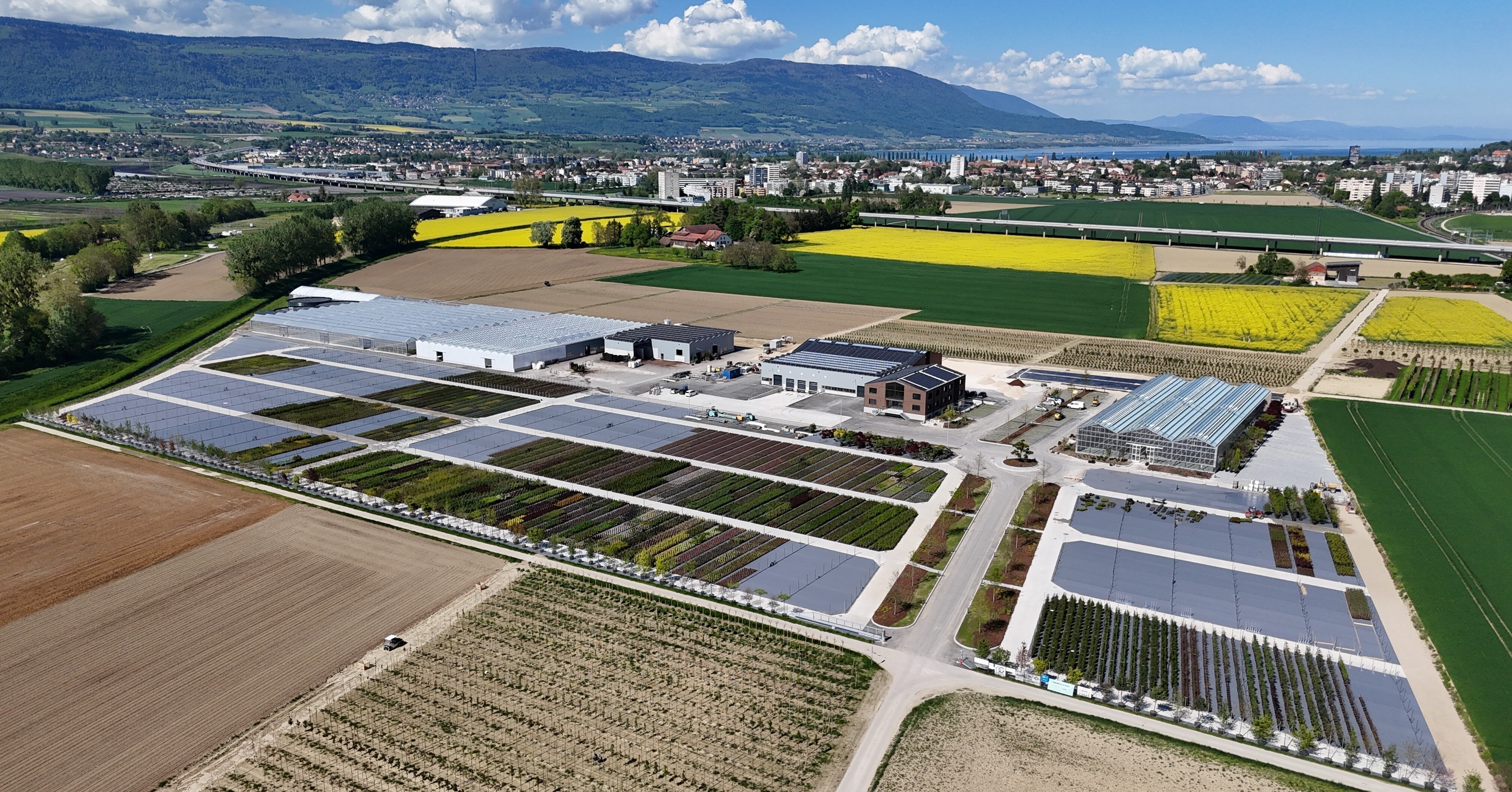- Prefer direct contact? +31 (0)79 593 38 00
- Language: English
Fertilization can contribute to improved plant resilience

Fertilization can contribute to improved plant resilience
Jan 31, 2025 2:30:13 PM
Plant resilience is a hot topic. This is not without reason: the availability of crop protection products is declining, while buyers and consumers increasingly expect sustainably grown products. Many factors contribute to stronger plants, including fertilization. According to Technical Specialist Dick Breugem from Van Iperen, there are many levers to pull in this regard. Reducing nitrogen application and using trace elements and biostimulants offer promising perspectives.
More and more growers are actively working on improving crop resilience, Breugem observes. “Partly because alternative options are becoming scarcer and partly because they want to adopt greener cultivation methods. Additionally, more possibilities are emerging in this field,” explains the specialist from fertilizer supplier Van Iperen. “In short, plant resilience is a topic that resonates with growers, producers, and suppliers alike.”
A broad concept
Breugem emphasizes that ‘plant resilience’ is a broad term and that there are numerous ways to strengthen crops. “Factors such as variety selection, growing medium, and water quality all play a role. But fertilization is also a key factor. Excess amounts of certain elements can hinder the absorption of others. For example, an excess of phosphate can reduce iron uptake, which directly affects plant quality.”
A delicate balance
How can growers specifically enhance plant resilience through fertilization? According to Breugem, there are several options. One of them is reducing nitrogen application. “The more nitrogen you apply, the more water the plant absorbs. This causes cell walls to stretch and become thinner, making the plant more susceptible to piercing insects. By reducing nitrogen levels, the plant becomes less attractive to such pests.”
This approach is already being tested in various pot plant cultivations. However, Breugem warns against going too far. “Too little nitrogen negatively impacts plant growth, potentially leading to other problems and yield losses. The key is to find the optimal balance, which varies by crop. The goal is to enhance resilience without sacrificing yield and quality—striking this balance is crucial.” 
The growing role of trace elements
Trace elements also contribute to making crops more resilient. Elements such as iron, manganese, zinc, boron, copper, and molybdenum support essential plant processes, leading to stronger plants. “As a result, more growers are increasing their use of trace elements,” Breugem explains.
Silicon is also increasingly used to enhance plant resilience. This nutrient improves the uptake of calcium and boron, both of which strengthen cell walls and help deter piercing insects. Additionally, these elements contribute to better crop coloration.
No miracle cures
The search for more resilient crops has also led to increased interest in biostimulants. However, to maximize their effectiveness, it is crucial to consider the growing substrate, Breugem notes. “We see that more greenhouse growers are switching to organic substrates, where biostimulants can develop better than in, for example, rockwool.”
The substrate determines which biostimulants can be effectively used. There are several categories of biostimulants, Breugem explains. Some help populate the plant’s microbiome, forming a protective barrier around the roots. “These biostimulants compete for space with harmful organisms. In practice, we see that their use has a positive impact, but it is not always sufficient to keep an entire crop healthy. In other words, they are not miracle cures. They strengthen the plant, but that doesn’t mean it won’t ever get ‘sick.’”
Additionally, some biostimulants help crops navigate critical growth phases. “For example, certain extracts with seaweed as a key component contain natural hormones and compounds that reduce plant stress and stimulate root development.”
Not a silver bullet
In summary, fertilization offers several ways to improve plant resilience. However, Breugem emphasizes: “It is not a silver bullet, but rather one piece of a larger puzzle. Other aspects also require attention to achieve a truly resilient crop.”
About Van Iperen and ErfGoedVan Iperen and ErfGoed frequently collaborate and observe a growing number of questions related to improving plant resilience. Van Iperen provides regular advice on the use and application of fertilizers and biostimulants. ErfGoed is also in frequent discussions with growers about the correct techniques for fertilizer application and dosage. ErfGoed’s cultivation floors, with their capillary action, ensure controlled water uptake, which supports the effective use of biostimulants. In combination with the ErfGoed WaterSystem, growers can apply fertilizers more precisely and use water more efficiently.
|







